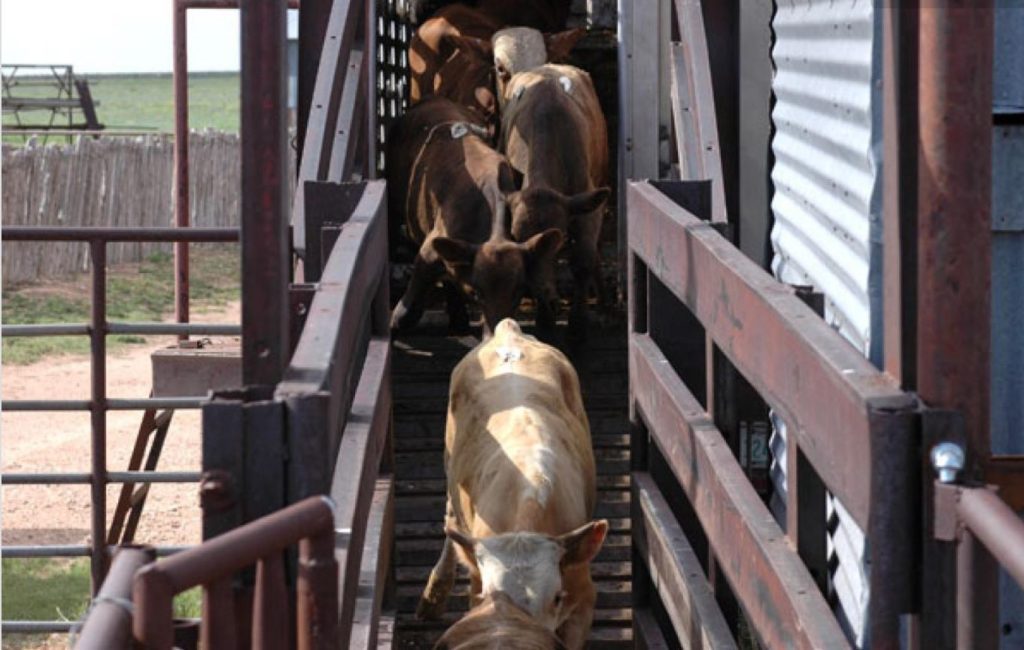In the next four to seven years, China will become the leading economy in the world and at some point after that, India will become second largest. “That’s why this trade war, if you will, or trade debate is so centered on China—because they have the money to spend over the next six to eight years,” said AgResource president Dan Basse, in market analysis comments at the 2019 Feeding Quality Forum in Amarillo, Texas.
“China is, of course, stepping up their beef imports. They are so hungry that they’re now turning to Africa to see if they can bring in some beef to fill their needs.” If we had a Chinese free trade agreement today, “We couldn’t keep beef and pork on the shelf,” he said
But still, overall U.S. beef export commitments are good. “There’s a solid demand for our beef, both in terms of the domestic market and the export market,” he said. “We think USDA is understating U.S. beef trade, so there’s a real argument of a demand bull market that’s developing as U.S. cattle prices tighten,” according to the Oklahoma Farm Report.
Click or tap here for Basse’s full analysis.
The New (Dis)Order in Today’s Markets – Why Cattle Ranchers Have One of the Most Positive Outlooks
For cattle, Basse said the cash bottom could be in and fed supplies will tighten into March. The market will turn bullish, normal weather advancing prices to the $122 to $128/cwt. range for the 2020 first quarter.
“I want the cattlemen and the grain farmers to think of profit margins down the road,” Basse said. “Always be protective of them because our real goal in this game is to stay in business, expand when our neighbors aren’t and to look for opportunities.”
Source – Certified Angus Beef
Watch market dynamics this fall
Whether you’re selling calves as a cow-calf producer or thinking about buying stocker cattle this fall, Derrell Peel, livestock marketing economist at Oklahoma State University, advises producers to closely follow this market and sort out the dynamics moving forward as they make decisions that will affect their marketing strategies for the future, according to the Oklahoma Farm Report.
Part of the unsettling market dynamics at work is the Tyson beef packing plant in Holcomb, Kan., that sustained fire damage on August 9 remains shut down, though some processing continues in parts of the plant that were left unscathed. However, the actual kill floor is where the damage primarily occurred, specifically in regard to the electrical system in that space. With work underway to refurbish it, Tyson CEO Noel W. White has indicated that it will most likely be the end of the year or possibly January before the plant is officially reopened. Peel says, based on his analysis of the situation, the market has overall handled the plant’s abrupt closure fairly well.
Click or tap here to read and listen to Peels analysis of the fall market.








